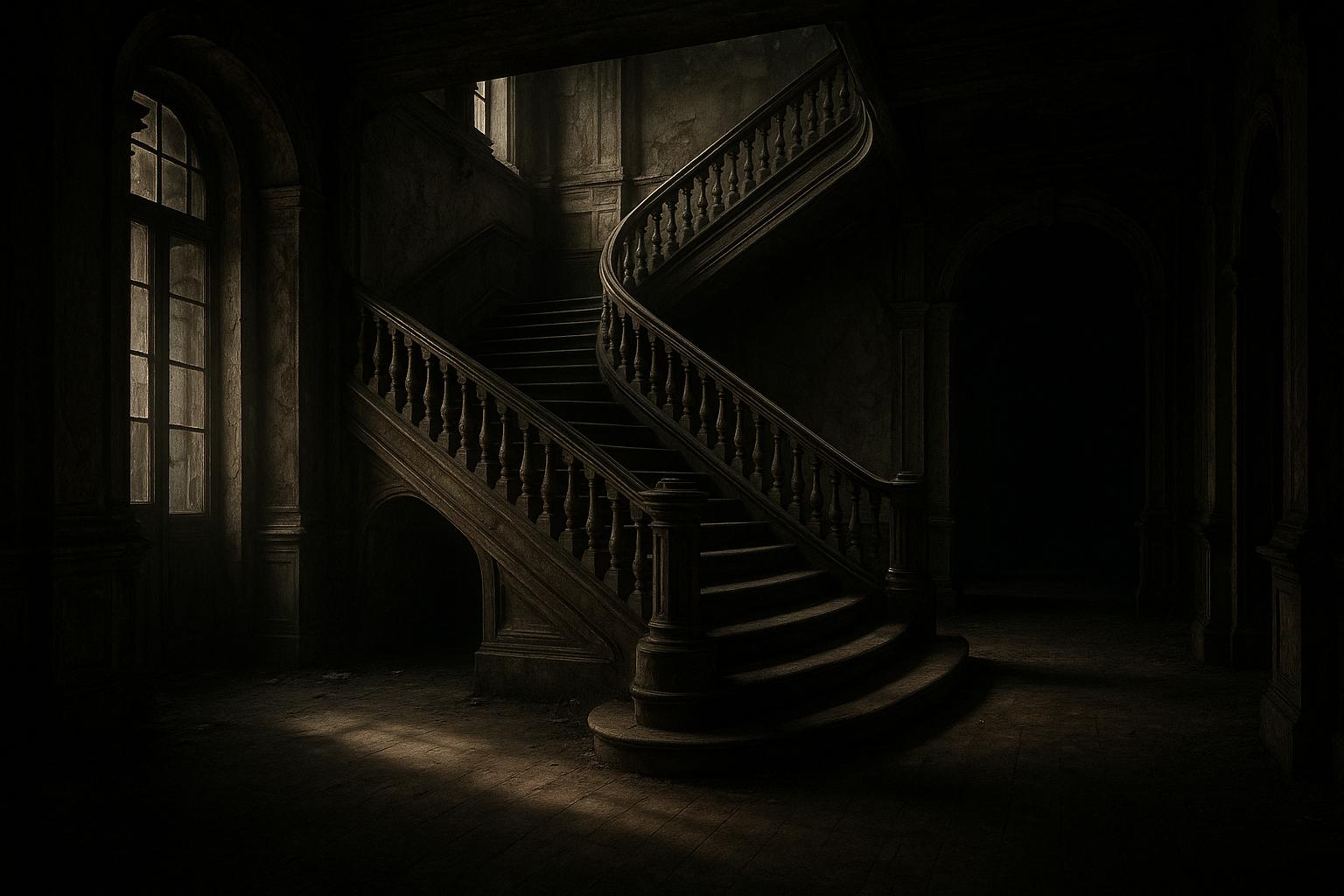September ushers in a special time across the UK and much of Europe when a variety of architectural gems and cultural landmarks open their doors for free public access during heritage festivals. These include London’s Open House festival, Heritage Open Days in England, Doors Open Days in Scotland, Cadw’s Open Doors in Wales, and European Heritage Open Days in Northern Ireland. This coordinated celebration invites the public to explore spaces typically inaccessible, from medieval castles to modernist landmarks and cultural archives.
One of Scotland’s highlights is Abbot House in Dunfermline, the oldest secular building in the city with origins tracing back to the 16th century. Known affectionately as the “pink hoose” by locals, this building is a rich architectural tapestry featuring gothic windows, a fresco dated 1571, and murals by celebrated writer and artist Alasdair Gray. After years of financial difficulties and closure since 2015, the building has recently undergone a substantial restoration effort backed by over £600,000 in grants. The Carnegie Dunfermline Trust has regained ownership and is spearheading plans to revitalise Abbot House as a community cultural hub. Proposals from Fire Station Creative envision the site as a vibrant space incorporating a restaurant, delicatessen, artists’ workshops, accommodation, and rentable venues, all while preserving the historical murals and architectural heritage. Since the official reopening, the house now includes a coffee lounge, artisan workshop, escape room, artist studios, and a gift shop, marking a notable revival after years of uncertainty.
In London, the former Granada Cinema stands out as a marvel of 1930s design. This Grade I-listed building uniquely combines an art deco exterior created by Cecil Masey with an extraordinary gothic-inspired interior from Russian émigré theatrical architect Theodore Komisarjevsky. Visitors can admire its 150-foot hall of mirrors, an ornate chandelier, and a vast proscenium stage once graced by stars like Frank Sinatra and The Beatles. Though it no longer functions as a cinema and has been used as a bingo hall and church hall, the building’s architectural splendor remains intact and accessible during the festival.
Another intriguing venue is the BFI National Archive in Berkhamsted, one of the world's largest film and television archives, which is opening its vaults on a special occasion marking its 90th birthday. Visitors can explore film restoration processes, digital preservation techniques, and iconic British and international material that has shaped the nation’s cultural landscape. The archive also provides an online presence with a comprehensive blog and digital collections for those unable to attend in person.
For enthusiasts of modern architecture, the Royal College of Physicians in London offers insight into 1960s brutalism through Denys Lasdun’s Grade I-listed building, considered one of the finest examples of postwar architecture in the city. Alongside architectural tours, the college presents “A Body of Knowledge,” an exhibition highlighting 500 years of medical literature and innovation.
Welsh literary fans are drawn to Laugharne Castle in Carmarthenshire, famously associated with poet Dylan Thomas. The castle, originally a Norman stronghold, and its surrounding ornamental gardens inspired some of Thomas’s most beloved works. While the adjacent Castle House where Thomas once lived remains privately owned and closed to visitors, the historic grounds are open to explore.
Environmentally conscious design is showcased at Pear Tree House in London, a contemporary 2015 RIBA London award-winning residence. Architect Jake Edgley cleverly incorporates a 100-year-old pear tree into the heart of the home, combining sustainable materials like thermodynamic roof panels with a design that floods the interior with natural light.
History enthusiasts interested in Cold War legacy can visit the former Greenham air base near Newbury. Known for its role during the missile standoff of the 1980s and the Greenham Common Women’s Peace Camp, visitors can now access the rarely open decontamination suite—designed for chemical attack scenarios—and the nearby control tower, which includes a visitors' centre and cafe.
Lastly, Australia House in central London offers a unique blend of diplomatic importance and cinematic magic. This Grade II-listed building, home to the Australian High Commission, is famous for its beaux-arts interiors that doubled as Gringotts Wizarding Bank in the Harry Potter films. During the open days, the public can enter this usually restricted building, provided they bring government-issued ID. Interestingly, it also serves as the largest polling station for Australian federal elections outside Australia.
These diverse venues collectively showcase the UK’s rich architectural heritage, cultural history, and innovation, inviting the public to rediscover familiar cities through new and often unexpected lenses.
📌 Reference Map:
- Paragraph 1 – [1]
- Paragraph 2 – [1], [2], [3], [4], [5], [6]
- Paragraph 3 – [1], [7]
- Paragraph 4 – [1]
- Paragraph 5 – [1]
- Paragraph 6 – [1]
- Paragraph 7 – [1]
- Paragraph 8 – [1]
- Paragraph 9 – [1]
Source: Noah Wire Services
